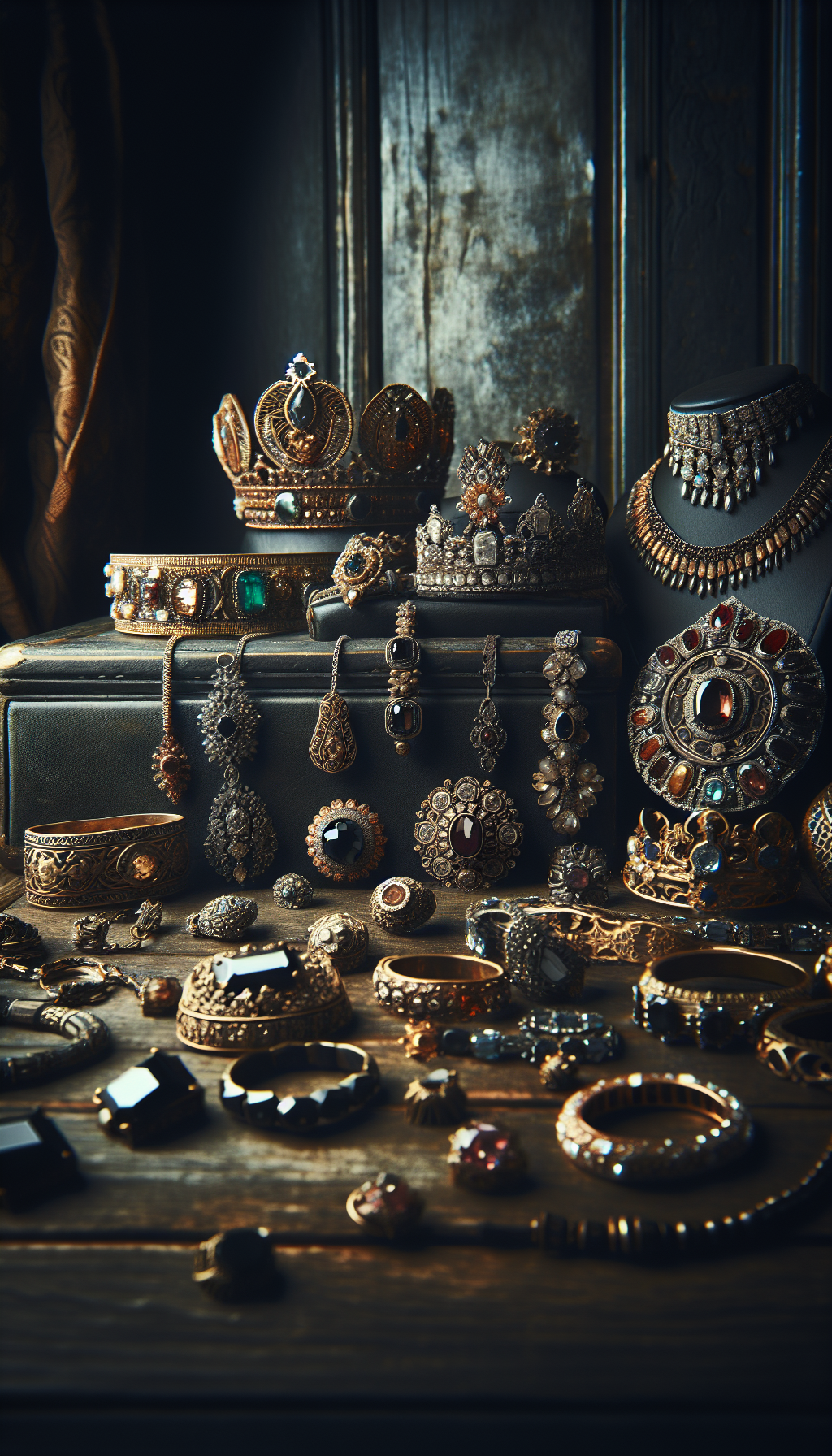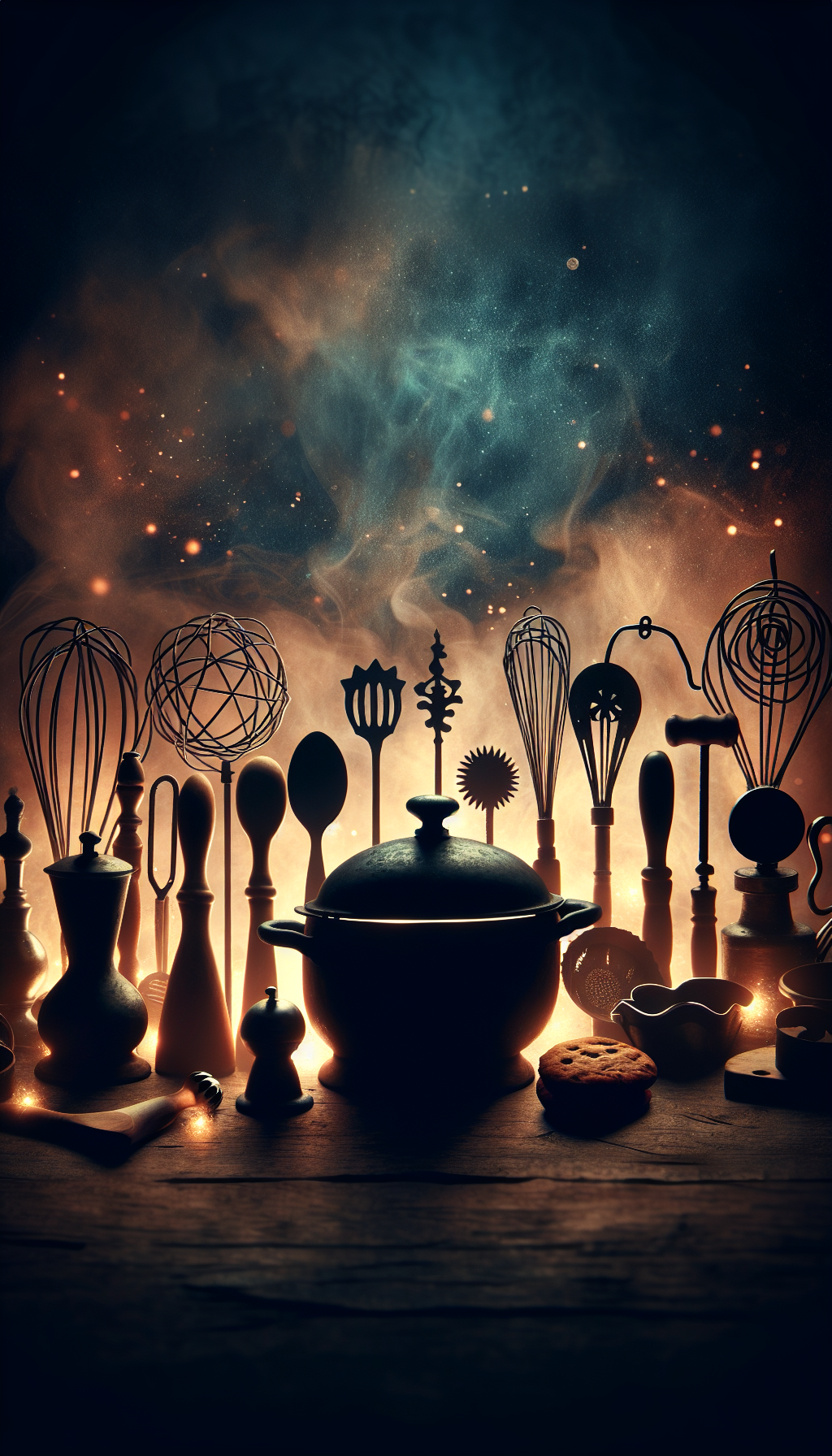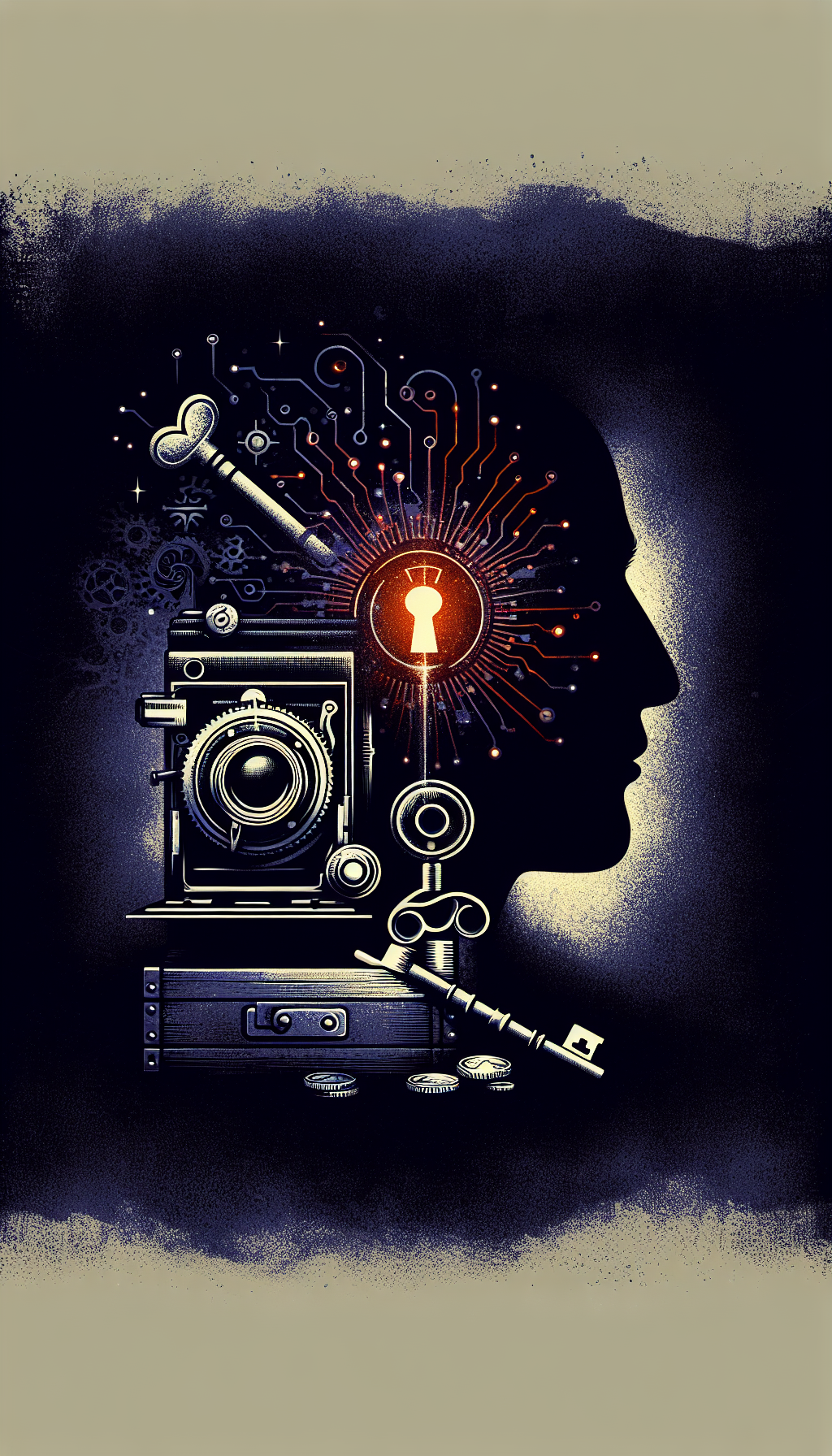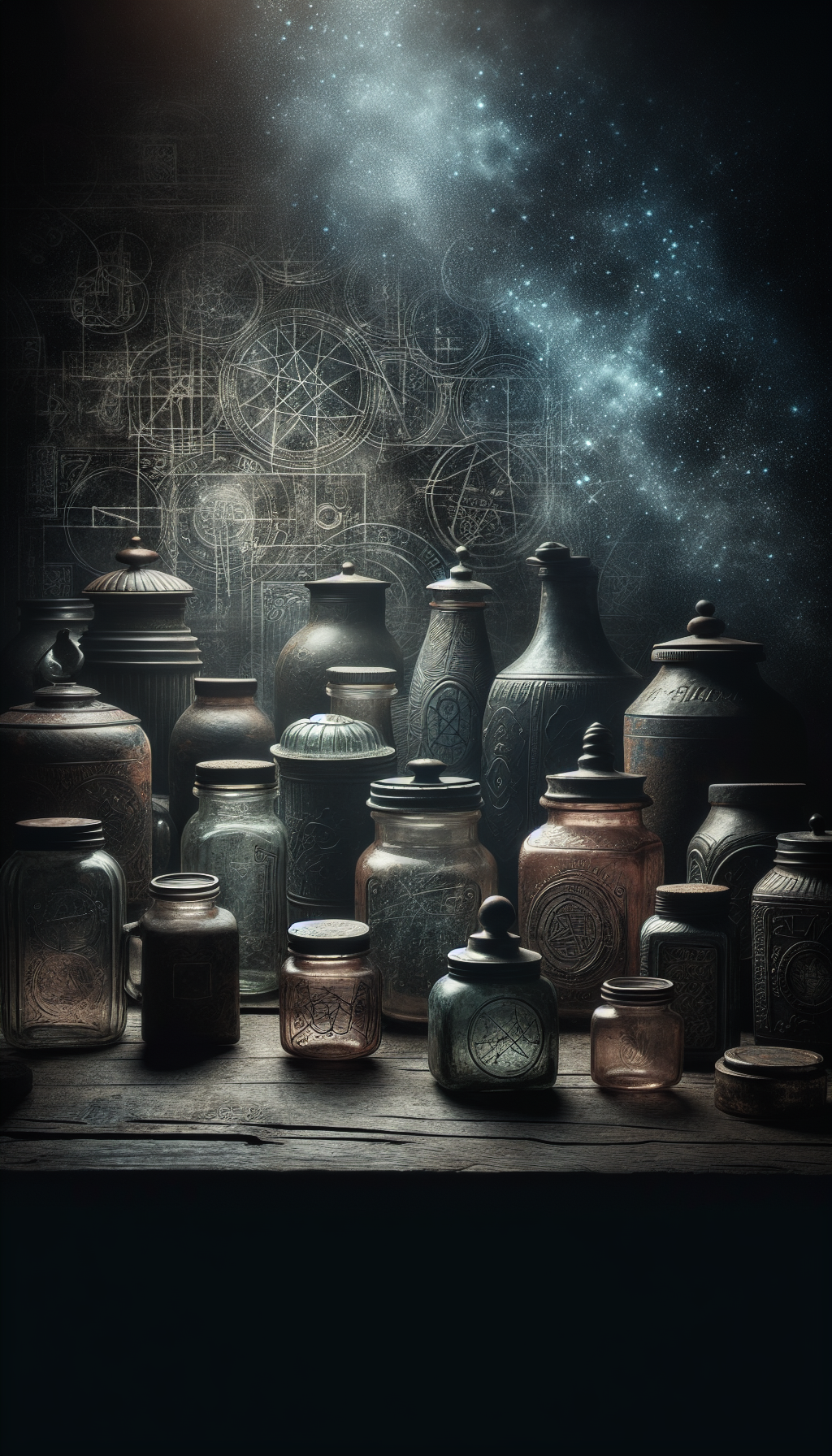Introduction to Vintage Milk Cans
Vintage Milk Can Market at a Glance
Historical Context and Evolution
Evolution of Metal Milk Cans
- 1800s
Early Wooden and Ceramic Containers
Before metal milk cans became standard, wooden and ceramic containers were used for milk transportation, though few have survived to present day. - 1880-1900
Heavy Iron Cans Emerge
The earliest metal milk cans were made of heavy iron with visible seams and rivets. These thick-walled containers are rare and valuable to collectors today. - 1900-1930
Standardization Period
Galvanized steel and tinned steel cans became standard, featuring improved handles and lids. Many cans from this period bear dairy names and locations. - 1930-1950
Aluminum and Stainless Steel
Lighter aluminum and stainless steel materials became popular, making cans easier to handle and more hygienic. - 1950s-1960s
Decline of Milk Can Use
The introduction of bulk milk tanks and tanker trucks led to the gradual phasing out of traditional milk cans.
According to historical records, the transition from individual milk cans to bulk tanks revolutionized the dairy industry. As noted by North Country Public Radio, “These were used up until the 1920s, though they were mostly phased out by 1910. Then farmers switched to smaller, five-gallon aluminum milk cans, transported by horse-drawn wagon.”
Identifying and Dating Vintage Milk Cans
Milk Can Dating Identification Checklist
Use these criteria to help determine the age of your vintage milk can
- Check the seams and construction method
- Examine the material thickness and weight
- Look for manufacturer's marks or dairy names
- Note handle design and attachment method
- Inspect the lid design and securing mechanism
- Search for patent dates or numbers
- Observe overall shape and proportions
Material and Construction
As detailed on LoveToKnow, the material thickness provides important clues: “If your milk can has thicker metal material, it’s typically from the 1930s or 1940s. Thinner and sleeker metal milk cans are usually from 1950 or later.”
The construction methods evolved over time:
- Earliest cans (pre-1900): Heavy iron with visible rivets and seams
- Early 1900s: Galvanized steel with soldered seams
- 1930s-1940s: Improved welding techniques with fewer visible seams
- 1950s onward: Thinner aluminum or stainless steel, often seamless
Markings and Identifiers
Dairy names, locations, and capacity markings can provide valuable dating information:
- Look for embossed dairy names or locations
- Check for capacity stamps (typically 5, 8, or 10 gallons)
- Examine any patent numbers and research their dates
- Note any inspection stamps or regulatory markings
According to Wiki research, “Check for company labels or phone numbers, where shorter numbers are typically older than numbers with more digits.” For example, a milk can with a four-digit phone number likely predates the 1950s.
Factors That Determine Value
Age and Rarity
As with most antiques, older milk cans generally command higher prices, particularly those from the pre-1930s era. Rarity plays a significant role:
- Pre-1900 iron cans are exceptionally valuable due to their scarcity
- Cans from small, local dairies that no longer exist can fetch premium prices
- Unusual sizes (very small or extra large) tend to be worth more than standard sizes
- Cans with unique designs or specialized purposes are highly collectible
Condition Assessment
The condition dramatically impacts value, with mint or near-mint examples commanding significant premiums over damaged pieces:
- Mint/Excellent: Original finish intact, no dents, complete with matching lid, all original hardware
- Very Good: Minor wear, small dents, original finish mostly intact, complete with lid
- Good: Noticeable wear, multiple dents, some rust or oxidation, may be missing lid
- Fair/Poor: Heavy wear, significant dents or damage, extensive rust, missing components
Historical or Regional Significance
Milk cans with documented history or from historically significant dairies can be particularly valuable:
- Connection to famous dairies or agricultural companies
- Cans from dairies that supplied notable hotels, restaurants, or institutions
- Regional rarities from areas not known for large dairy production
- Cans with documented use during significant historical periods
Decorative Appeal and Repurposing Potential
Many milk cans are purchased for their decorative value and repurposing potential rather than purely as collectibles:
- Aesthetic appeal for farmhouse or rustic decor
- Condition suitable for repurposing (as tables, lamps, planters, etc.)
- Visual characteristics like patina, color, or texture
- Size appropriate for intended decorative use
Vintage Milk Can Value Guide
Current market price ranges based on condition and type
</tbody>
</table>
A JustAnswer antique expert confirms these general valuations: “Your old milk can is still pretty nice as milk cans go. One such as the one shown would sell in the $60-$75 range.”
According to a Quora response, standard vintage milk cans typically sell “for between $30-$70 on eBay” unless they have unique characteristics that make them more valuable.

The Current Market for Vintage Milk Cans
Popular Selling Venues
Vintage milk cans are sold through numerous channels, each with their own pricing dynamics:
- Online Marketplaces: eBay, Etsy, and Facebook Marketplace host thousands of milk can listings, ranging from basic utilitarian examples to rare collectibles.
- Antique Shops and Malls: Brick-and-mortar antique dealers often carry vintage milk cans, typically with higher prices than online venues.
- Auctions: Both online and in-person auctions occasionally feature milk cans, especially those with historical significance.
- Farm Sales and Rural Estate Auctions: Often the source of “barn fresh” examples that haven’t yet entered the collector market.
A browse through eBay’s Vintage Milk Can section shows significant inventory with varied pricing: “Vintage DeLaval stainless steel milking 5 gallon bucket pail can dairy distress. $49.95.”
Similarly, Etsy’s marketplace offers numerous examples: “Sale Price $105.00 $105.00. $140.00 Original Price $140.00 (25% off).”
Buyer Demographics and Trends
The market for vintage milk cans is driven by several distinct buyer groups:
- Interior Decorators: Using milk cans as statement pieces in farmhouse, rustic, or industrial design schemes
- Collectors: Focusing on specific dairies, regions, or time periods
- DIY Enthusiasts: Purchasing for repurposing projects
- Antique Dealers: Buying to resell to collectors and decorators
- Businesses: Using for themed decor in restaurants, shops, and agritourism venues
Recent trends show increasing interest in:
- Creative repurposing (milk can tables, lamps, planters)
- Painted or artistically modified cans
- Cans with local or regional significance
- Integration into modern farmhouse decor
Investment Potential
While most vintage milk cans aren’t considered high-return investments, certain categories have shown appreciation:
- Rare pre-1900 examples in excellent condition
- Cans with documented provenance from significant dairies
- Unusual forms or specialized designs
- Cans with artistic modifications by known folk artists
Investors should focus on condition, provenance, and uniqueness rather than just age for the best long-term value protection.

Restoration and Maintenance
To Restore or Not to Restore
The collector community is divided on whether to restore vintage milk cans:
Preservation Approach:
- Gently clean to remove dirt without removing patina
- Stabilize rust without completely eliminating it
- Repair only what’s necessary for structural integrity
- Maintain original components even if imperfect
Full Restoration Approach:
- Remove rust and corrosion completely
- Repaint or refinish to original appearance
- Replace missing or damaged components
- Restore functionality where possible
For investment purposes, minimal intervention is generally preferred for truly rare or historical examples. For decorative pieces, more extensive restoration may be acceptable or even desirable.
Cleaning and Maintenance Tips
For proper care of vintage milk cans:
Initial Cleaning:
- Dust with a soft brush
- Wash with mild soap and water
- Avoid harsh chemicals that could damage original finishes
- Dry thoroughly to prevent new rust formation
Rust Treatment:
- For light rust, use fine steel wool with mineral oil
- For heavier rust, consider commercial rust converters
- Apply a light coat of paste wax after rust treatment
- Avoid sandblasting which can damage the metal
Storage and Display:
- Keep in climate-controlled environments when possible
- Avoid direct sunlight which can fade original paint
- Place pads under cans to protect surfaces
- Apply museum wax annually for protection
Documentation:
- Photograph your milk can from multiple angles
- Record any markings, numbers, or distinctive features
- Keep any provenance information with the can
- Research and document the dairy or manufacturer history
Creative Uses and Repurposing
Popular Repurposing Projects
Creative reuse has become a significant driver in the vintage milk can market:
Furniture Applications:
- Side tables and stools (with added wooden tops)
- Plant stands or display pedestals
- Kitchen island bases
- Outdoor seating when cushioned
Lighting Fixtures:
- Table lamps with custom shades
- Pendant lights (using the can bottom)
- Outdoor pathway lighting
- Candle holders for outdoor entertaining
Home and Garden Decor:
- Planters for flowers or small shrubs
- Umbrella stands or walking stick holders
- Rain catchers or decorative water features
- Holiday decorations (painted or adorned seasonally)
Retail and Commercial Uses:
- Store display fixtures
- Restaurant decor elements
- Farm stand merchandise displays
- Agritourism photo opportunities
Impact on Value
Repurposing can significantly affect value in various ways:
- Artistic modifications by known artisans can increase value substantially
- Well-executed conversions to functional items often command premium prices
- Poor-quality modifications can decrease the value of otherwise collectible cans
- Historical or rare examples are generally more valuable left unmodified
The current market shows strong demand for quality repurposed items, with 1stDibs listing “Pair of Metal French Milk Can Lamps. $1,950.”
Common Questions About Vintage Milk Can Values
How can I tell the age of my milk can?
Dating a vintage milk can involves examining several key features:
- Material thickness: Thicker metal typically indicates 1930s-1940s production, while thinner metal suggests 1950s or later
- Construction method: Visible rivets and seams indicate earlier production, while seamless construction suggests later manufacture
- Phone numbers or addresses: Shorter phone numbers (4-5 digits) typically indicate pre-1950s production
- Patent dates: Look for stamped patent dates or numbers which can be researched
- Handle style: Earlier cans often have cast iron handles, while later ones use lighter metals
For the most accurate dating, combine multiple identification methods and consult reference materials specific to milk can collections.
What are old metal milk containers officially called?
Old metal milk containers are most commonly referred to as "milk cans," but they have several other official or regional names:
- Milk churns (particularly in the UK and parts of Europe)
- Cream cans (when specifically used for cream)
- Dairy cans
- Milk shipping cans
- Milk transport vessels
According to Wikipedia, "A milk churn is a tall, conical or cylindrical container for the transportation of milk. In North America, it is often referred to as a milk can."
The terminology sometimes varies based on the specific design, size, or regional dairy traditions.
When did dairy farms stop using metal milk cans?
The transition away from traditional metal milk cans occurred primarily in the mid-20th century:
- 1940s: Early adoption of bulk tanks began on larger dairy farms
- 1950s: Widespread transition as refrigerated bulk tanks became more affordable
- 1960s: Most commercial dairies had converted to bulk tank systems
- 1970s: Metal milk cans largely relegated to small family farms and hobbyists
As noted by North Country Public Radio, "These were used up until the 1920s, though they were mostly phased out by 1910. Then farmers switched to smaller, five-gallon aluminum milk cans, transported by horse-drawn wagon."
The shift was driven by efficiency, hygiene regulations, and the economics of milk production, with bulk tanks and tanker trucks allowing for more efficient collection and transportation of milk.
What do the numbers on vintage milk cans mean?
Numbers found on vintage milk cans can provide valuable information about their origin and purpose:
- Capacity indicators: Numbers like "5", "8", or "10" typically refer to gallon capacity
- Dairy identification numbers: Unique codes assigned to specific dairies
- Inspector stamps: Numbers that indicated inspection date or inspector identity
- Patent numbers: References to specific design patents
- Manufacturing codes: Production batch or factory identification
According to Cornell University’s Ag Informer, milk identification numbers have specific meanings: "The first two numbers, which range from 0-56, tell you the state of origin, and the series after the dash (which can be made up of only numbers, or letters and numbers) tell you the dairy that it came from."
For collector purposes, these numbers can help establish provenance and authenticity.
How much is an old rusty milk can worth?
The value of an old rusty milk can depends on several factors:
- Age and rarity: Even in rusty condition, a pre-1900 or rare design can have significant value
- Extent of rust damage: Surface rust is less problematic than structural rust
- Completeness: Having the original lid and all components adds value
- Historical significance: Connection to notable dairies or regions increases value
Typical value ranges for rusty milk cans:
- Common rusty cans with minor damage: $20-$40
- Rusty cans with interesting markings or designs: $40-$75
- Rare rusty cans with historical significance: $75-$150+
According to a JustAnswer antique expert: "Your old milk can is still pretty nice as milk cans go. One such as the one shown would sell in the $60-$75 range."
Rusty cans are often purchased for restoration or rustic decorative purposes rather than as pristine collectibles.
External Resources for Milk Can Collectors
eBay Vintage Milk Can Marketplace
Browse current listings and sold prices for vintage milk cans to gauge market values and see examples of different styles and conditions.
Dating Old Milk Cans: LoveToKnow Guide
Comprehensive guide to identifying and dating vintage milk cans using various authentication techniques and historical markers.
Collectors Weekly Milk Can Auctions
Track auction results and current listings for vintage milk cans to understand market trends and collector preferences.
1stDibs Antique Milk Can Collection
View high-end examples of vintage milk cans and their current asking prices in the premium antiques marketplace.
Early Milk Transportation History
Historical context about the evolution of milk transportation from the 1800s to the 1930s, providing valuable background for collectors.
Etsy Antique Milk Can Marketplace
Explore creative uses, repurposed designs, and vintage examples of milk cans available from artisans and collectors worldwide.
Conclusion: The Enduring Appeal of Vintage Milk Cans
Vintage metal milk cans continue to captivate collectors, decorators, and history enthusiasts alike. Their blend of agricultural heritage, industrial design, and rustic charm ensures ongoing demand in the antiques market.
Whether you’re assessing the value of a family heirloom, considering a purchase for your collection, or exploring creative repurposing options, understanding the factors that influence milk can values will help you make informed decisions. From the earliest heavy iron examples to mid-century aluminum designs, each milk can tells a story of America’s dairy farming heritage.As with all antiques, condition, rarity, provenance, and aesthetic appeal will continue to drive the market for these nostalgic farm artifacts for years to come.Get a Professional Appraisal
Unsure about your item’s value? Our certified experts provide fast, written appraisals you can trust.
- Expert report with photos and comps
- Fast turnaround
- Fixed, upfront pricing
No obligation. Secure upload.
| Category | Price | Notes |
|---|---|---|
| Standard 5-10 Gallon (1930s-1950s) | $30-$75 | Common sizes in average condition |
| Pre-1930s with Dairy Markings | $75-$200 | Good condition with visible provenance |
| Rare or Unusual Sizes/Designs | $150-$350 | Miniature cans or unique designs |
| Exceptional Historical Examples | $300-$1,000+ | Pre-1900 or documented significant history |
| Highly Decorative or Artistically Modified | $100-$500 | Professionally painted or decorated examples |




